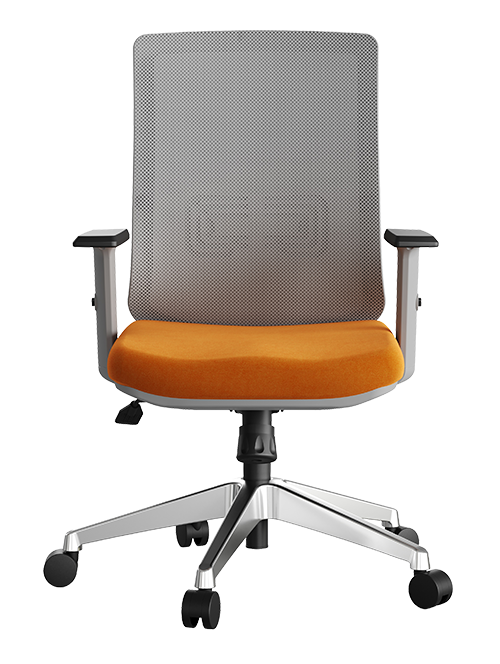It’s Not Just About the Millennials — It Never Really Was
Much focus gets placed on today’s mix of generations, but what’s often ignored is that a multigenerational workforce isn’t new. The workplace has always included multiple cohorts comprised of folks who’ve shared common experiences due to their age. But what’s unique today is less about what we believe each generation values (because let’s be honest, those generalizations are often inaccurate) and more about the shift itself that’s occurring. As Millennials surpass Boomers as the largest and most diverse generation, roles in the workforce are evolving. Boomers are also retiring slower than anticipated for a number of reasons. And now with Gen Z entering the scene, we’re starting to see career paths change across all generations. Organizations must, therefore, keep this ‘shift’ on their radar—continuing to be aware of the different expectations that workers have about their work, what it takes to be productive, and what individual growth looks like within the company.
Our research and experience initially identified five drivers of workplace change. Let’s see where we are and how things have progressed:

Generational Shift:
With Baby Boomers retiring later than originally projected, there’s an interesting dynamic happening in leadership roles. Some younger generations are now managing older generations, while others are having to wait it out for their predecessors to retire. Not to mention there’s a bit of a skills gap many organizations need to fill, hoping Boomers will pass down their tribal knowledge. Regardless, we still believe that focusing on the commonalities between generations continues to be a more effective approach to workplace design.
Diversity:
Diversity is getting more diverse. Or, at least how we define it is expanding. With broader perspectives on diversity to consider, the business case for creating a distinct and inclusive culture is still strong. The existing focus of diversity—gender, ethnicity, age, orientation—must continue to be considered in workplace design, but that focus now broadens to consider factors including cultural origin, gender identity, location, neurodiversity, language, etc.1
Flexibility:
In a survey of the US workforce, Unify found that 43% of the survey participants would prefer greater flexibility in the workplace over higher pay.2 So, expectations are clearly shifting, and flexibility in how or where we work will continue to increase in importance.
Urbanization:
Younger generations tend to prefer to live in more urban settings; however, let’s not forget that Baby Boomers had similar preferences, at least until they started families. Millennials are starting families themselves now—which is driving the latest planning idea of bringing urban features into more suburban locations, known as ‘urban burbs’ or ‘surbans.’
Technology:
It’s not just Baby Boomers who groan every time they have to hear about how fast-changing technology impacts the workforce, but it still has to be considered (double groan). Whether it’s collaboration tools that support virtual teams, sensors that identify open workspaces and create way finding tools, or AI analyzing volumes of data so we can make better decisions, technology is only becoming more pervasive. And as we await the day when we’re truly in a fully functioning 5G world, let’s just say the pace of technology will never again be as slow as it is today

So, what does this all mean? The five drivers identified above are impacting work and the workforce in a few areas we weren’t necessarily expecting:
Leadership paths and professional development are taking new directions —unlike what we’ve seen previously
Lifelong learning is becoming the norm—and it probably looks different in action than you might think
Organizations are embracing new talent models—and the ‘gig economy’ isn’t just for Lyft drivers


